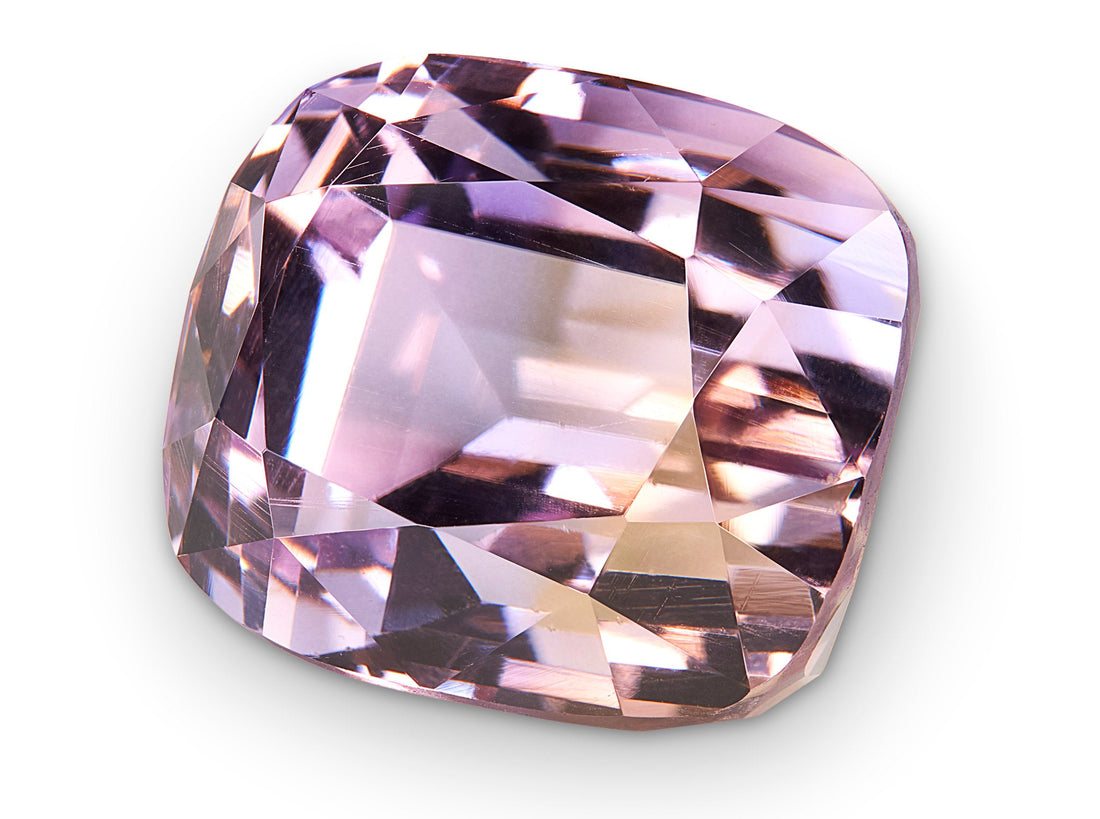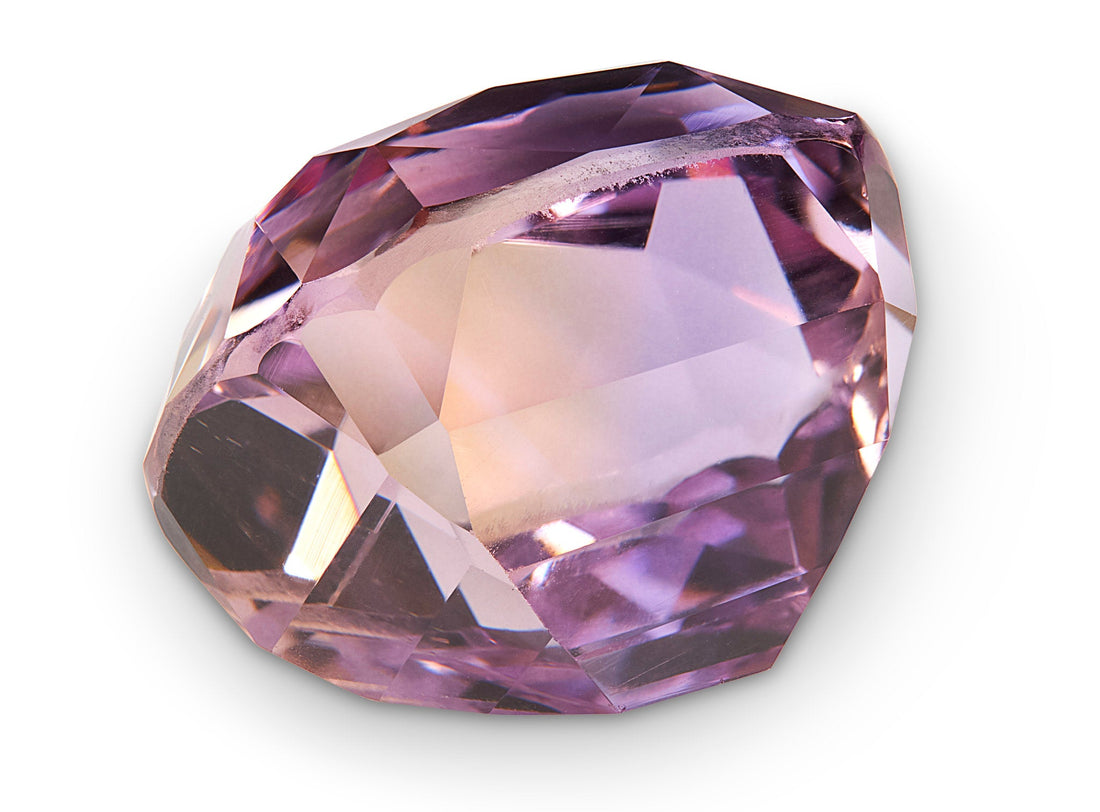Amethyst
Amethyst is celebrated for its regal purple hues ranging from delicate lilac to velvety purple. Its colouring elements are trace amounts of iron and natural irradiation within the quartz crystal as it forms. The Sapphire Merchant proudly presents an extraordinary collection of natural amethysts sourced from renowned origins, including Bolivia, Brazil and Russia. These exceptional gemstones are perfect for gemstone collectors or those looking to craft a bespoke jewellery design.
Bolivia Origin Amethyst

Brazil Origin Amethyst

Siberia Origin Amethyst

Zambian Origin Amethyst

13.08ct Amethyst
Regular price
$858.00
Sale price
$858.00
Regular price
Unit price
13.13ct Amethyst
Regular price
$1,036.00
Sale price
$1,036.00
Regular price
Unit price
19.83ct Ametrine
Regular price
$1,035.00
Sale price
$1,035.00
Regular price
Unit price
2.58ct Brazilian Amethyst
Regular price
$368.00
Sale price
$368.00
Regular price
Unit price
4.56ct Ametrine
Regular price
$468.00
Sale price
$468.00
Regular price
Unit price
4.64ct Brazilian Amethyst
Regular price
$425.00
Sale price
$425.00
Regular price
Unit price
5.74ct Brazilian Amethyst
Regular price
$655.00
Sale price
$655.00
Regular price
Unit price















